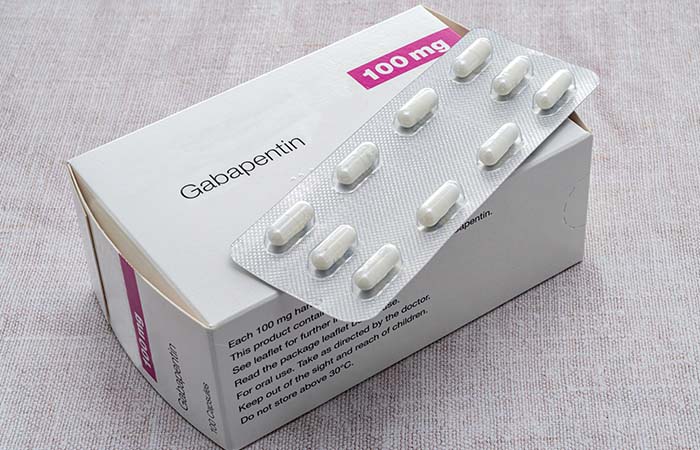Latest

Gabapentinoid prescribing rises two per cent in a year
In Latest
Bookmark
Record learning outcomes
The number of gabapentinoids prescribed in the community rose by two percent in the 12 months to April 2023, new NHS statistics reveal.
The NHS BSA’s latest annual report on dependency forming medicines, published today (September 7), shows that 16.2 million gabapentinoid medicines were prescribed in 2022-23, up from 15.8 million the year before.
Gabapentinoid prescribing has risen each year since 2015-16, and this drug class has consistently been the second-most prescribed in the dependency forming category during this period.
However, the cost of prescribing gabapentinoids fell by 5 per cent in 2022-23, down to £64.8m from £68.5m the year before. The annual expense of this drug class has held relatively steady since 2018-19 after tumbling from a peak of £349m in 2016-17.
Meanwhile, the cost of prescribing opioid drugs declined by eight per cent in the 12 months to April 2023, falling to £280m from £310m the year before.
The reduced cost of dispensing opioids – still the most widely used medicines in this category by some distance – fell faster than the number of prescriptions dispensed in the community, which dropped by one per cent to 39 million items.
The number of opioid items prescribed has fallen each year since 2016-17, when 42 million items were prescribed.
Benzodiazepines are the third most prescribed drug class in the NHS BSA analysis. Despite the number of benzodiazepine items falling by 5 per cent to 6.4 million, spending on these drugs has leapt by a quarter – up to £31.4m from £25.2m the year before.
There was also a year-on-year decline in Z-drug prescriptions, down from 5.5 million items to 5.3 million.
The NHS BSA statistics show that 100 patients per 1,000 population were prescribed an opioid in 2022-23, up from 99 per 1,000 the year before – the first increase following five consecutive years where the use of these medicines began falling from a peak of 118 patients per 1,000 population in 2015-15.
Overall, 7.1 million patients were identified as being prescribed a dependency forming medicine in 2022-23, a 12 per cent decrease from 8.1 million patients in 2015-16. Prescribing is more common among female patients aged 55 to 59, and in areas of higher socioeconomic deprivation.

